On June 24, 2015 the University of Wisconsin Extension program published their testing for the thorough work they performed using the controversial Steam Canner for processing high acid foods. It has been many years in the making but I as a MFP am very pleased to finally be able to say that they are approved.
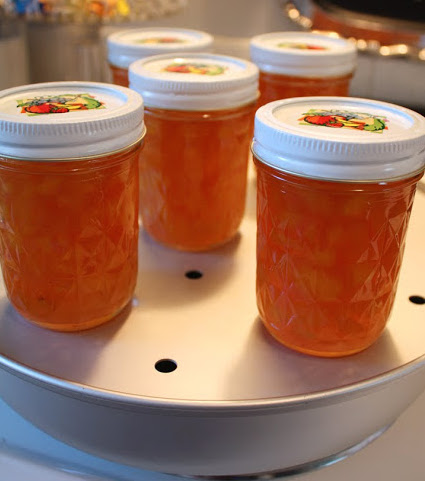
The work that they did gave us the ability to process foods that are high acid such as jams, jellies, pickles, and salsas to name a few, in a vessel that uses approximately 6 cups of water versus in a water bath it may require about 4 gallons. With a few gallons of water (a gallon of water weighs 8lbs) in a canner that water bath canner can get heavy. With the drought in much of the west in 2015 less water is best! The tests show that the amount of heat required to kill microorganism can be achieved by steam (212 degrees) which is also the temperature that water boils at in your water bath canner.
The steam canner does NOT replace the need to sterilize your jars and can also be done by putting your empty jars in the steam canner, following the instructions as if they were full, the processing them for 10 minutes.
A steam canner also is NOT a pressure canner. The principles of steam are the same but the pressure canner also is achieving pressure behind the steam to get an internal temperature of 240-250 degrees. That is the temperature that is vital to canning your low acid foods such as meat, vegetables, and soups. So please do not use your steam canner for pressure canning recipes.
Here are the specific instructions from University of Wisconsin Extension website:
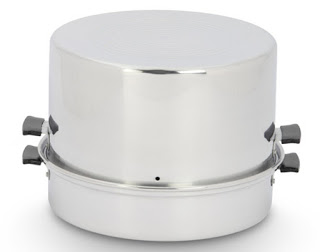
- Jars must be processed in pure steam at 212°F. The canner must be vented prior to starting the processing time until a full column of steam appears. A full column of steam (6-8 inches) should be observed venting from the hole(s) in the side of the canner during the entire timed process. Ideally, temperature should be monitored with a thermometer placed in the vent port, but the placement of jars in the canner may make this difficult. Some appliances come with a built-in temperature sensor in the dome lid and these appear to be accurate.
- Victorio Steam canner with
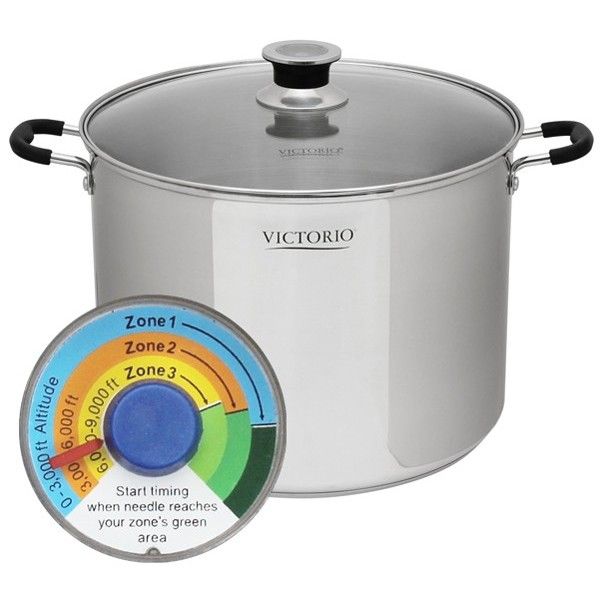
Victorio Steam canner with 
Water Bath and Steam Canner 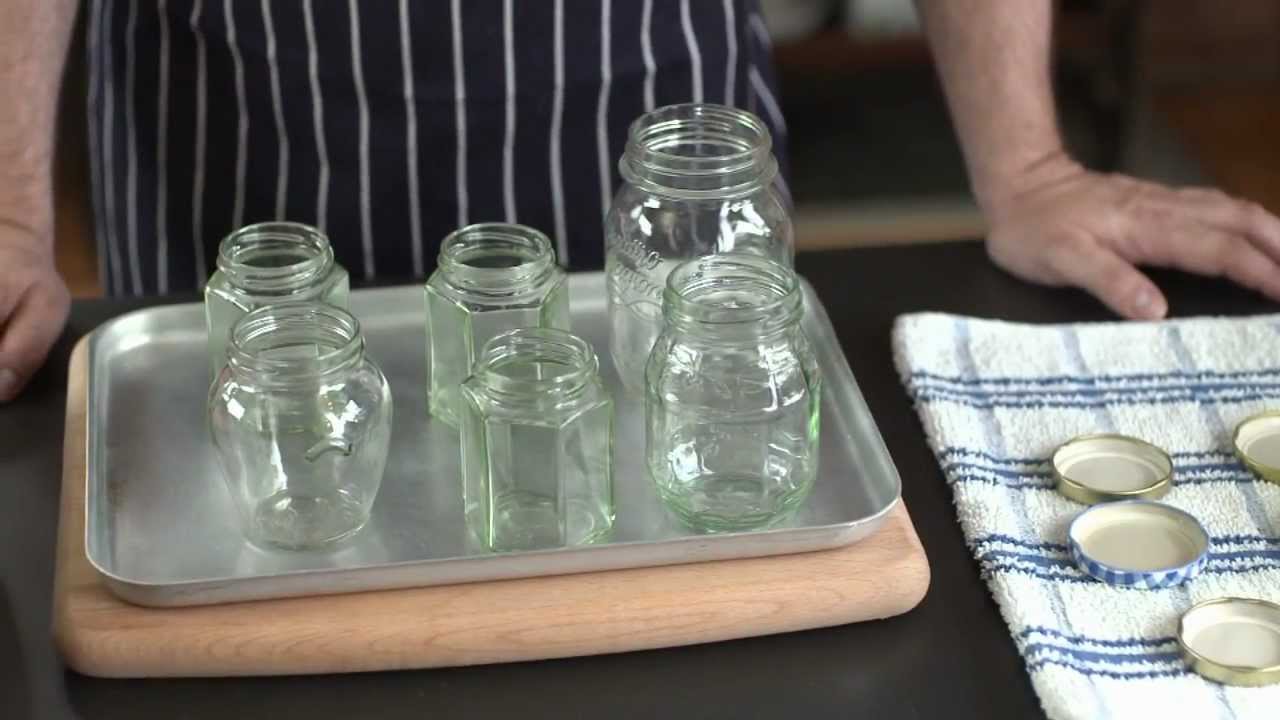
Jars sterilized for canning!
• Jars must be heated prior to filling,filled with hot liquid (raw or hot pack), and cooling must be minimized priorto processing. An Atmospheric Steam Canner may be used with recipes approvedfor half-pint, pint, or quart jars.
• Processing time mustbe modified for elevation as required by a tested recipe. Elevation for anyaddress can be checked here: http://www.daftlogic.com/sandbox-google-maps-find-altitude.htm
• Processing time must be limited to 45 minutesor less, including any modification for elevation. The processing time islimited by the amount of water in the canner base. When processing food, thecanner should not be opened to add water. Regulate heat so that the cannermaintains a temperature of 212° A canner that is boiling too vigorously canboil dry within 20 minutes. IF a canner boils dry, the food is consideredunder-processed and therefore potentially unsafe.
• Cooling of jars must occur in still, ambientair. Cooling is important for safety. Jars should be cooled on a rack ortowel away from drafts. Jars should not be placed in the refrigerator to hastenthe cooling process.
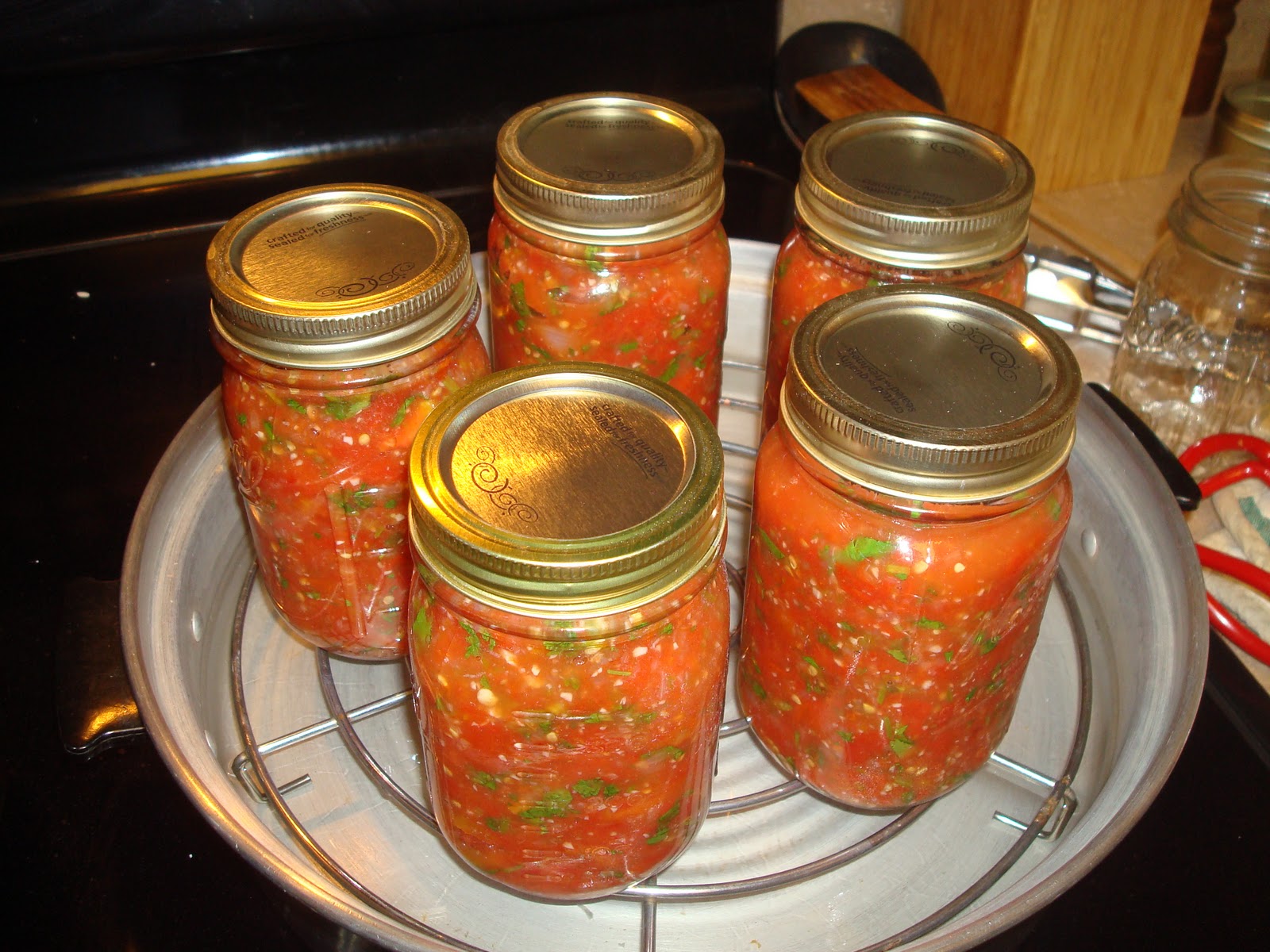
Processing in Steam Canner:
1) Add the correct amountof water in the base of the steam canner. (See instructions for your canner) Place the rack over thebase, add the cover, and bring water to a low boil.
2) Pack and fill hot jars add the lid/ring and secure finger tight. Set each fulljar on the canner base and allow it to warm up while packing and filling enoughjars for one batch.
3) Place the dome on thebase and slowly over the next 5 minutes increase temperature setting of the stove until acolumn of steam 6-8 inches is visually coming from the small holes at the base of thedome.
4) Begin timing the process, maintaining the column of steam following thewater bath canning recommendations adjusted for your altitude. Do not reducetemperature setting of the stove. The dome should not jiggle from the baseduring processing.
5) When processing time is complete, turn off the stove and wait 2-3 minutesbefore removing the dome. Remove the dome by turning it away from your face andbody to avoid burns.
6) Allow jars to cool and seal for 24 hours. Remove rings and store the jars in a cool, dark, dry place.





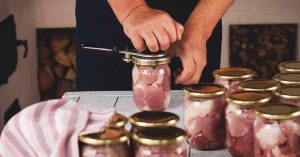
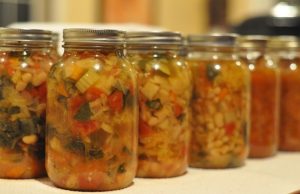
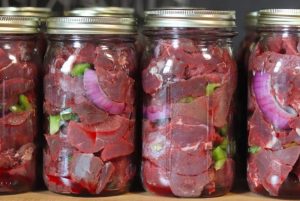
Leave a Reply